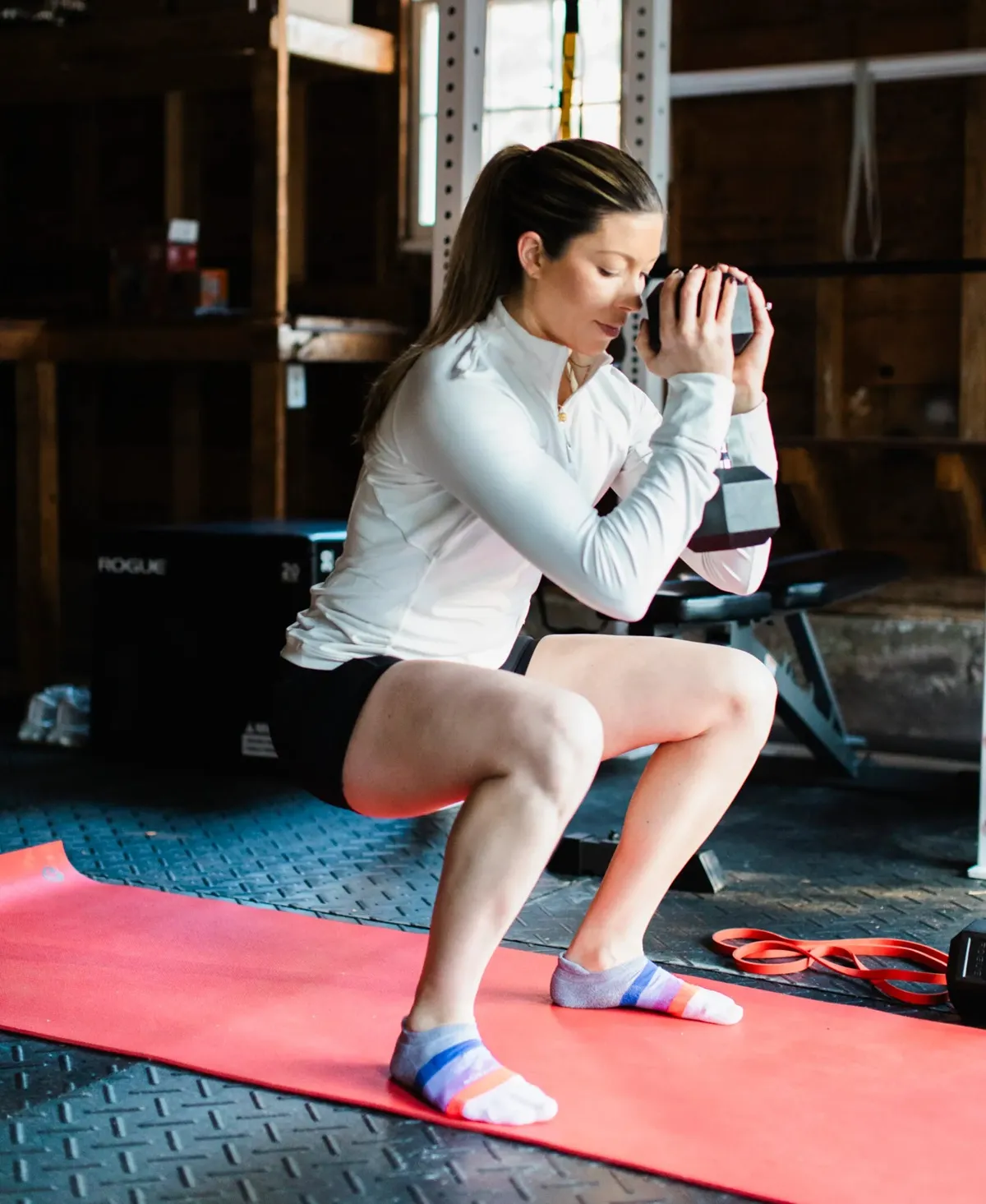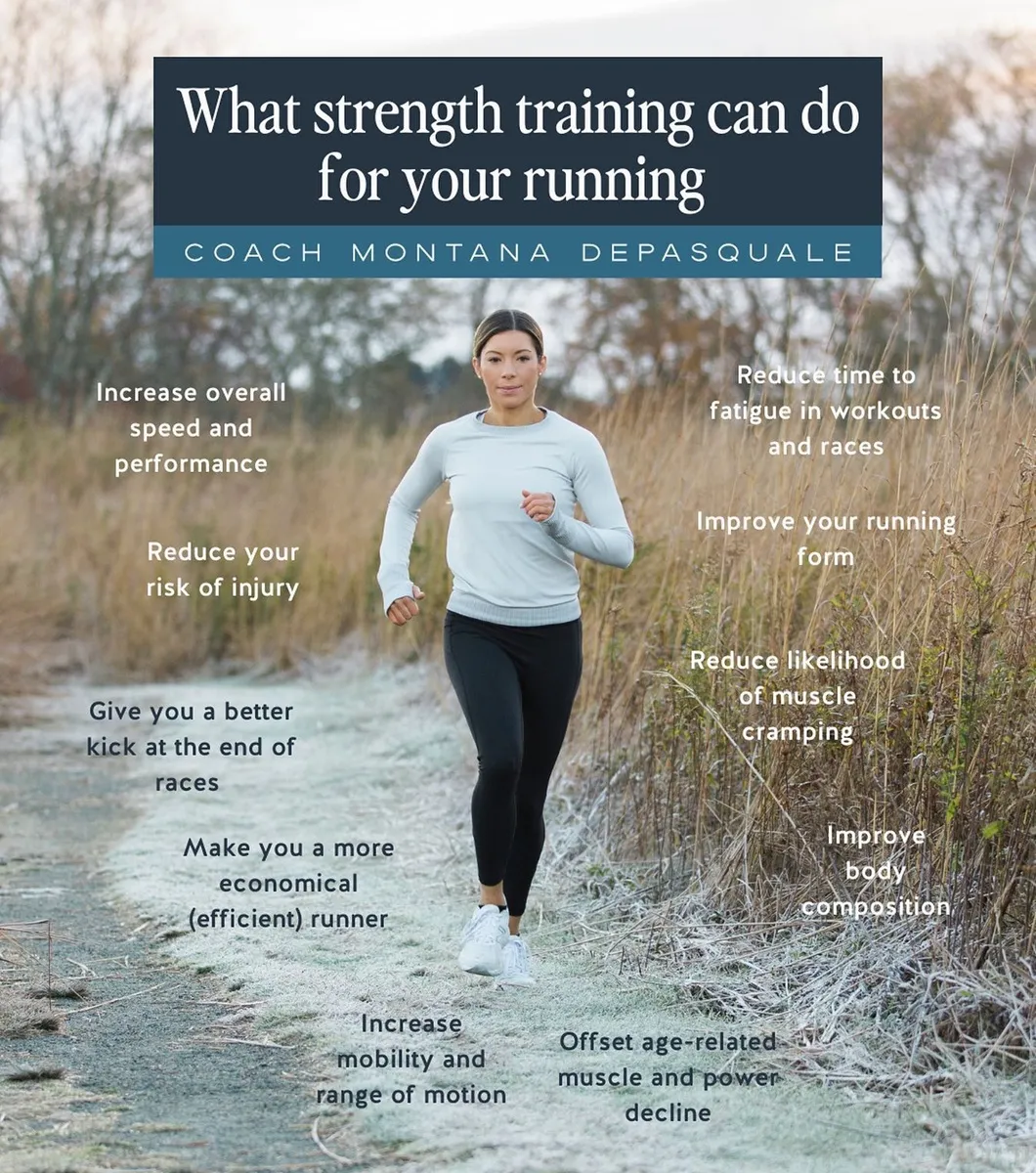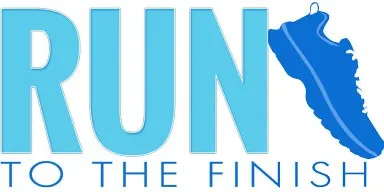With so many different workout programs floating around, how do you know what kind of workouts are going to be strength training for aesthetics vs. performance? You know strength training isn’t optional as a runner with big goals, so let’s breakdown what you need to know (and you do need to know).

We were joined on the Tread Lightly Podcast recently by running and strength Coach Montana Depasquale, who has over 20 years of experience in the world of running and strength training.
She helped break down some common questions about what to look for and focus on when it comes to strength training for performance vs. aesthetics.
If you’ve ever followed a program and wondered if it’s helping your running, you’ll want to keep reading and listen to the full episode!
Aesthetic vs. Performance Based Strength Training
One of the biggest things to keep in mind is that “not all strength training is created equally.”
Just because you see your favorite running influencer posting a reel on social media doesn’t mean that the workout is going to improve running performance. More often than not, the workouts are more focused on aesthetics and “getting toned,” not on performance.
To be clear there is NOTHING wrong with working out for a shape or a feeling, but it is a different strength training for runners program than when focused on performance.
So what is the difference between the two types of training? Let’s do a quick breakdown:
Aesthetic Based Strength Training
Split Days
Body part splits will include things like “back and biceps” day or “legs and core” day, where workouts are broken down by isolated muscle groups.
Focus on Muscle Definition
A goal of changing how your body looks is often focused on building targeted muscle mass and creating more visible definition aka “toned”.
Higher Rep Range
Hypertrophy rep ranges usually 8 to 12 reps per set, which are effective for muscle growth but not always best for performance.
Performance Based Strength Training for Runners
More Condensed for Time
Full-body workouts because running uses the whole body, not just one set of muscles at a time. Also designed to ensure you aren’t over fatiguing the body between your lifts and high volume running.
Sport Specific
Running-specific exercises like single-leg exercises, lower leg strengthening (think calves and ankles), and core work that helps you resist movement during your stride.
Lower Reps
Using the lower rep range we are building power and actual strength. Again, we love seeing both endurance style with mini bands along side this big power, so it’s not either or…but a really smart design and a determination to lift heavy.
Plyometrics is not for calorie burn or HIIT but to make you more powerful and efficient while running.
If your goal is to be a stronger, faster runner, then a performance-based plan is going to help you get there. As Montana puts it, “Running is a sophisticated full-body activity,” and your strength training should reflect that.
How to Start and Progress Your Strength Training
Let’s be real here, for most runners, strength training is the least favorite part of training. If it comes down to scheduling, strength workouts are usually the thing that gets cut first.
Runners often start with no strength background and no muscle mass. This is why it’s important how you start with strength training and the exercises that you’re selecting.
Coach Monatana typically suggests starting with hypertrophy reps to help build confidence and learn how to lift with more intensity. Then, over time, move to lower rep ranges to help build that strength needed for performance.
One of the common things we hear is that strength training is going to make me bulky. False. It’s going to take a very long time, if ever, especially as a runner, to build to a point of looking super muscular or bulky.
Listen to the full episode to hear more strength training tips from Coach Montana Depasquale.
There are a few big pieces that Coach Montana stressed when starting and progressing strength training- RPE and reps, resting, and form.
RPE (rate of perceived exertion) or RIR (reps in reserve) matter when it comes to the intensity of your workout. You should be lifting with enough intensity that you have 2-3 reps left in the tank at the end of each set.
Assume that in a workout where you can do 6 reps, the last two you might be shaking a bit, but able to hold good form.
Rest between sets also plays a huge factor. If you’re not taking the appropriate amount of time between sets to rest, you’re missing the benefits. Think about setting a timer to rest for 2-3 minutes between main lifts and about 1 minute for accessory movements.
You don’t have to have it all figured out from the beginning. Experiment, keep notes of the weights you’re using and how you felt during each workout. You can always adjust if you feel that you could do a few more reps or are completely maxed out.
What strength exercises should runners do?
Coach Montana says it perfectly: running is essentially a series of single-leg hops.
You’ve heard us coaches say lots of times that strength training should mimic the movements that happen during running.
Need some ideas? We’ve got you covered

Don’t be afraid to use a mirror or even film yourself so you can see how you’re moving your body. Completing a workout with the wrong form can result in an injury. Even with these things, if you’re still unsure, ask a professional for help. Scheduling a session or two with a trainer can help you feel more comfortable and confident with the workouts.
We hope that this helped to answer some of your questions about strength training for aesthetics vs. performance. There’s even more information in the full episode that we just couldn’t fit here!



 10 Best Energy Chews for Running
10 Best Energy Chews for Running